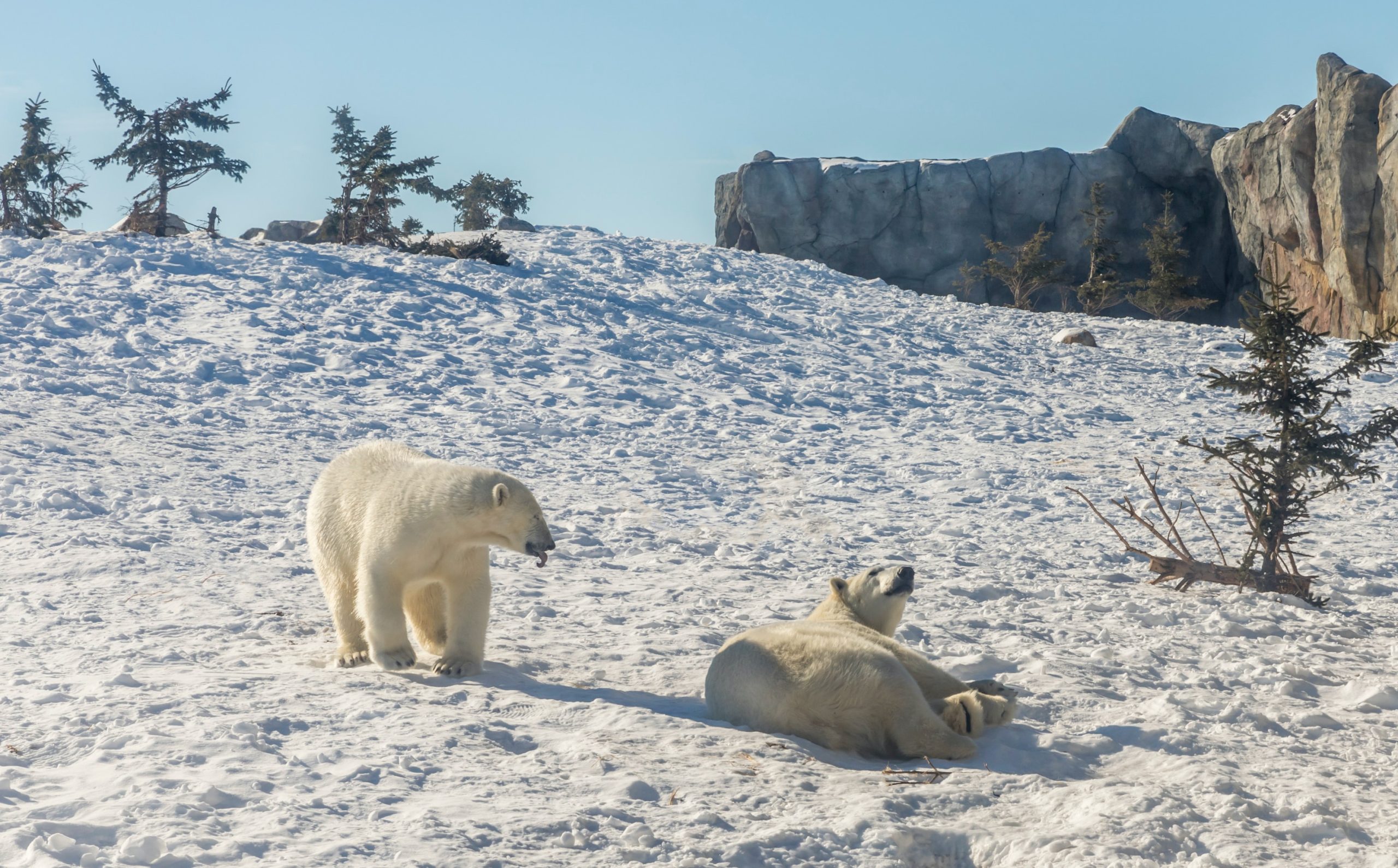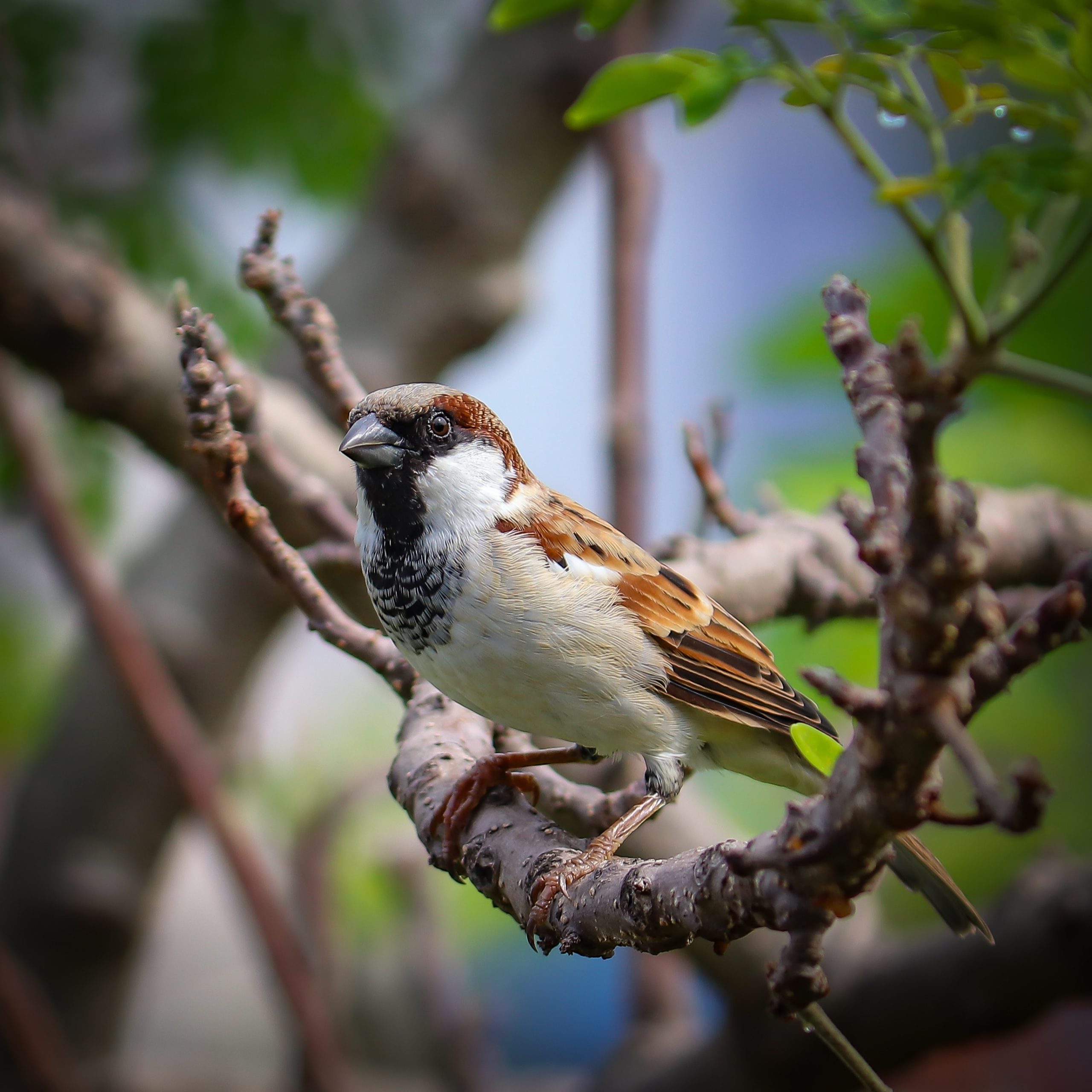The snow bear, also known as the polar bear, is one of the most fascinating creatures in the Arctic tundra. It is the world’s largest land predator, and its impressive size and strength have made it a symbol of power and resilience. However, there is much more to this creature than just its physical prowess. In this article, we will take a journey into the world of the snow bear, exploring its habitat, behavior, diet, and the challenges it faces in the changing climate.
The snow bear’s habitat is the Arctic tundra, a vast expanse of ice and snow that covers the northern regions of the globe. It is a harsh environment, with temperatures that can drop to -50 degrees Celsius and winds that can reach up to 200 km/h. Yet, the snow bear has evolved to thrive in this environment, with its thick layer of fur, blubber, and large paws that help it move across the ice.
The behavior of the snow bear is also fascinating. They are solitary animals, except during mating season, and spend much of their time hunting for food. Their diet consists mainly of seals, which they hunt by patiently waiting by seal breathing holes, or by breaking through the ice. However, as the Arctic sea ice melts due to climate change, the snow bear’s food sources are becoming scarcer, leading to starvation and a decline in their population.
Despite being powerful predators, snow bears face many challenges in their environment. One of the biggest threats is climate change, which is causing the sea ice to melt and the Arctic ecosystem to shift. As the ice retreats, it exposes the bears to new threats, such as oil exploration, shipping traffic, and pollution. In addition, the melting ice is also affecting the bears’ ability to hunt and breed, leading to a decline in their population.
Efforts are underway to help protect the snow bear and its habitat. For example, some organizations are advocating for stricter regulations on oil and gas exploration in the Arctic, while others are working to reduce carbon emissions and slow the effects of climate change. These efforts are crucial for the survival of this majestic creature and the entire Arctic ecosystem.
In conclusion, the snow bear is a fascinating creature that plays a crucial role in the Arctic ecosystem. Its strength, resilience, and adaptability are a testament to the power of nature, but it also faces significant challenges in the changing climate. By understanding its behavior, diet, and habitat, we can better appreciate this majestic creature and work towards protecting its future.










